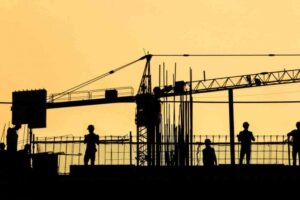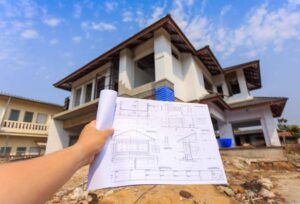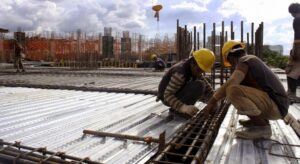Latest data confirms that construction of new homes has been dropping consecutively since 2005 and is expected to continue its downward spiral.
The National Statistics Institute (INE) and research institute Euroconstruct predict that in 2015 only 9,000 new houses will be built.
If forecasts are correct, this means the construction sector will have seen an 87% drop in business since 2006, when nearly 70,000 residences were built.
But there is some good news: renovation works are on the increase, if only slightly, says António Vilhena, a member of civil engineering entity LNEC, which compiled data recently with INE.
“Construction is dropping, but renewal work is still limited,” he said. “And the human resources that are lost in construction still aren’t being transferred over to the renovation sector.”
Vilhena explained renovation work could ‘save’ the construction sector as there are already too many houses for the number of families living in Portugal.
According to data from INE, Portugal boasted a total of 5.9 million houses for only four million families in 2011 – translating into a worrying ‘housing mountain’.
Houses actually outnumber families in 58 of the country’s 308 borough councils. In Porto, for example, there are 1,000 buildings for every square kilometre – when the national average is 38.
Statistics also show there are 135,000 families living in sub-standard homes but while 275,000 vacant, better quality residences could take them in.
Losing workers and permits
According to the LNEC/ INE study, the construction sector lost approximately 2,400 building permits and 120,000 workers between 2008 and 2011.
If 2012 and 2013 are taken into account, forecasts would place the loss at another 70,000 jobs.
The numbers, say Vilhena, translate into over 200,000 workers losing jobs in just five years.
Again, it is not surprising to hear Vilhena suggest the grim findings are direct consequences of the crisis, particularly as until 2007 building permits were rising.























